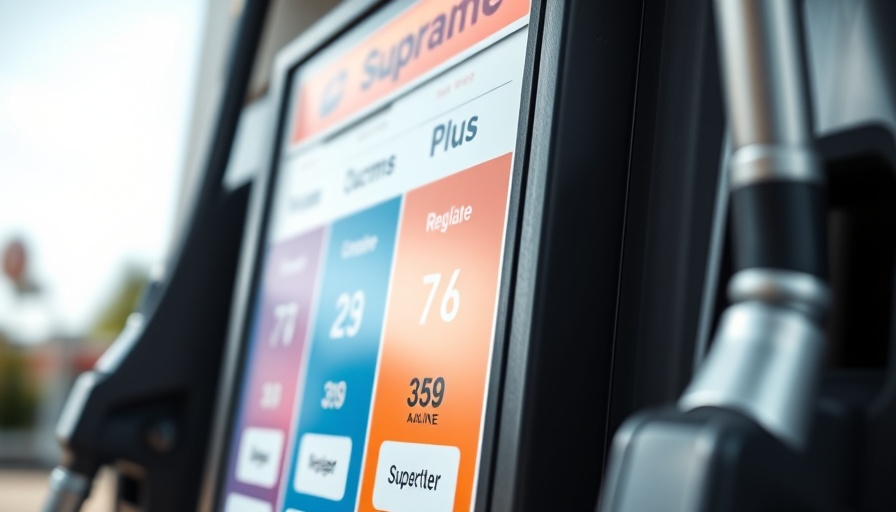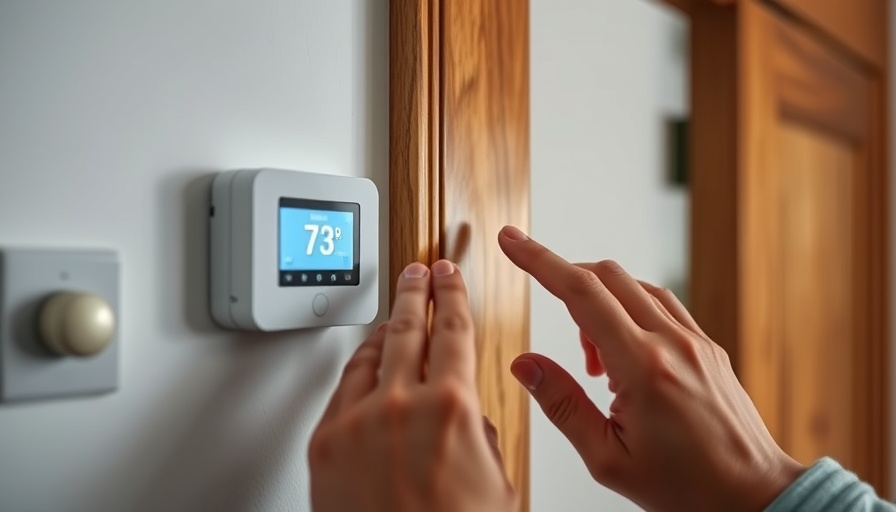
Unlocking the Secrets: Keeping Your Bathroom Tile Sparkling
Every homeowner knows that a shimmering bathroom tile can elevate the entire vibe of the room. But what happens when those once-glossy tiles begin to dull and lose their charm? Fear not! Professional cleaners have some time-tested tricks up their sleeves that can breathe new life into your bathroom tile. From clever cleaning solutions to maintenance techniques, let’s dive into what you can do to keep that tile looking brand-new.
1. Use a Gentle Acid for Tough Stains
Vinegar and baking soda are household staples that do more than just add flavor to your recipes. When mixed, these two can work wonders on stubborn stains. Create a paste with baking soda, apply it to the stained tiles, and then spritz some vinegar over it. Let the reaction sit for a few minutes before scrubbing gently. Rinse it off, and voila! Your tiles will shine bright like a diamond.
2. Routine Scrubbing is Key
It might feel like a chore, but regular scrubbing can prevent the buildup of grime on tiles. Aim for a thorough scrub every few weeks. Grab a soft-bristle brush and your cleaning solution of choice, and tackle those nooks and crannies that often get overlooked. Not only will your tiles look cleaner, but you’ll also prolong their lifespan.
3. Seal Your Grout
Grout can be the unsung hero—or villain—of your tile's appearance. Sealing your grout every six months will prevent moisture and stains from seeping in, keeping your tile looking fresh. A good-quality sealer can make the maintenance of your tiles a breeze and significantly reduce future cleaning efforts.
4. The Magic of Steam Cleaning
Investing in a steam cleaner can be a game-changer. This tool uses high heat and pressure, effectively eliminating dirt, mold, and bacteria without the need for harsh chemicals. Not only does steaming clean deeply, but it also sanitizes your bathroom. It’s like giving your tiles a luxurious spa day!
5. Employ the Power of Dish Soap
Yes, your kitchen doesn't have all the fun! A few drops of liquid dish soap mixed with warm water can effectively cut grease and grime buildup on tile surfaces. Simply use a microfiber cloth to wipe down the tiles after a shower or bath, and watch them maintain their sparkle!
6. Limit Harsh Cleaning Agents
While it may be tempting to grab the strongest cleaner upon encountering dirt, oftentimes less is more. Avoid abrasive chemicals that can strip the shine from your tiles and degrade the grout. Instead, opt for more natural products which tend to be gentler and still effective.
7. Consider Regular Professional Cleanings
For those DIY-averse, scheduling professional cleanings can be a lifesaver. Experienced cleaners can tackle long-term buildup and provide deep cleaning that is sometimes hard to achieve on your own. They also have access to top-notch cleaning products that are eco-friendly but still powerful enough to restore your tile's luster.
As much as we love a clean bathroom, there’s no denying that maintaining it can feel like climbing a mountain. However, by implementing these pro tips into your cleaning routine, your tiles can remain sparkling and inviting. So why not take a weekend afternoon and give your bathroom the love it deserves? Your tiles (and guests) will thank you! Interested in more home-maintenance tips? Stay tuned for upcoming articles!
 Add Row
Add Row  Add
Add 



Write A Comment